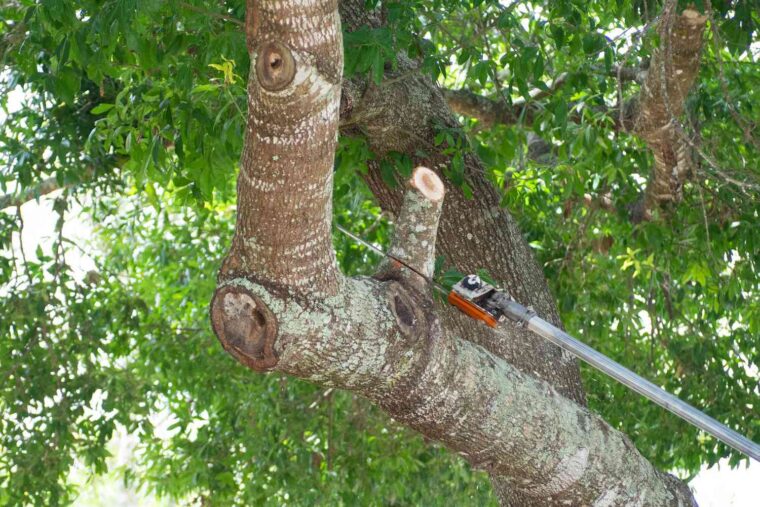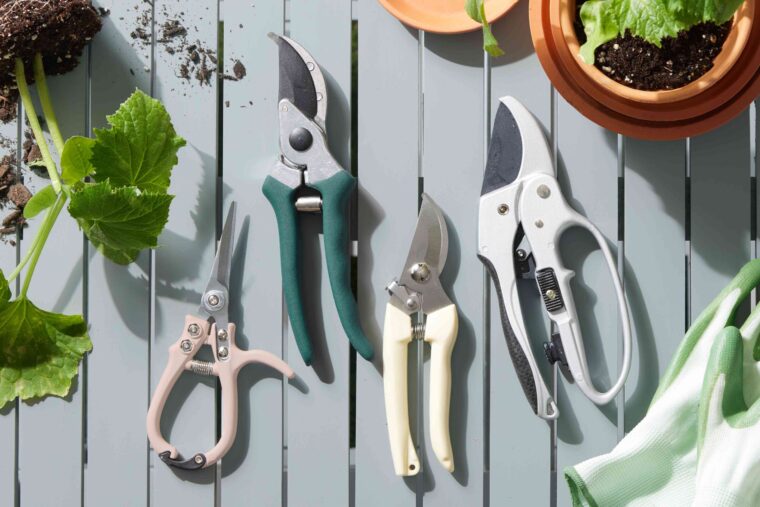Tree pruning is an essential practice for maintaining healthy and beautiful landscapes. It involves the selective removal of branches to improve structure, health, and aesthetics. Proper trimming not only enhances the appearance of trees but also contributes to their overall well-being.
By understanding the dos and don’ts of tree pruning, you can ensure that your trees thrive and provide numerous benefits to the environment and your property.
Do: Understand the Purpose of Pruning

Before reaching for your pruning shears or considering hiring a trimming service, grasp the purpose behind pruning. Proper trimming can stimulate growth, remove diseased or damaged branches, and create a more stable structure. It promotes air circulation and sunlight penetration, which is vital for the tree’s health.
By removing deadwood and crossing branches, you encourage a stronger framework, reducing the risk of damage during storms. Understanding the purpose behind pruning ensures that you prune with a clear goal in mind and avoid haphazard cutting.
If you’re unsure about the task, don’t hesitate to seek advice from a certified arborist or a professional tree trimming service to ensure your trees thrive.
Don’t: Prune Without Proper Knowledge and Training
Pruning without proper knowledge and training can spell disaster for your trees. It’s essential to understand the biology and growth patterns of different tree species before picking up those trimming shears.
Incorrect cuts can lead to irreversible damage, leaving your trees vulnerable to diseases and pests. Trees may struggle to recover, and their overall health may suffer. Instead, invest time in learning about appropriate trimming techniques or seek guidance from a certified arborist.
Avoid the temptation to take matters into your own hands without the necessary expertise, as the long-term health and beauty of your bush depend on it.
Do: Identify the Right Time for Pruning
Timing is everything when it comes to bush pruning. Pruning at the right time can greatly impact the bush’s response and recovery. For deciduous bushes, it’s generally best to prune during late winter or early spring when they are dormant.
On the other hand, flowering trees should be pruned right after their blossoms fade. Avoid trimming during fall as it can leave the bush susceptible to disease. Identifying the appropriate time for pruning maximizes the benefits and minimizes stress on the bush.
Don’t: Neglect Safety Measures during Pruning
Safety should never be an afterthought when trimming bushes. Many pruning tasks involve working at heights or using sharp tools, which can be hazardous without proper precautions. Always wear appropriate safety gear, such as gloves, goggles, and a hard hat. Secure a stable ladder, and never overreach while trimming.
If the job requires more than you can handle safely, it’s best to call in a professional arborist who is equipped with the knowledge and safety gear to handle the task securely.
Do: Inspect Trees for Diseased or Damaged Branches

Regularly inspecting your bushes for signs of disease, pests, or damaged branches is a vital part of proactive care. Diseased or infested branches can spread the problem to the entire tree and even neighboring plants.
Removing these compromised branches promptly can prevent further damage and help the bush recover. Keep an eye out for discolored leaves, fungal growth, or cracks in the bark, as these are potential signs of trouble that warrant immediate attention.
Don’t: Overprune or Top Trees Unnecessarily
Overrunning or topping trees is a harmful practice that should be avoided at all costs. Topping, which involves cutting off large portions of the bush’s crown, weakens the structure and leads to rapid, weak growth. This not only ruins the bush’s natural beauty but also compromises its health and longevity.
Overpruning, on the other hand, can shock the tree, making it more susceptible to diseases and pests. A good rule of thumb is to avoid removing more than 25% of the bush’s crown during any trimming session.
Do: Use the Correct Tools for Pruning

Using the correct tools for pruning is paramount to achieving successful results. Quality trimming shears, loppers, and saws designed for tree work ensure clean and precise cuts, minimizing the risk of damage and infection.
Dull or improper tools can lead to ragged cuts, making it harder for the bush to heal and leaving it susceptible to diseases. Invest in high-quality, sharp tools and maintain them regularly to ensure safe and effective trimming.
By using the right equipment, you provide your bush with the best care, promoting their health, and helping them flourish in your landscape.
Don’t: Ignore the Natural Shape
Ignoring the natural shape while trimming can have detrimental consequences. Each bush species possesses a unique growth pattern that contributes to its strength and aesthetics. Pruning against this natural form can cause stress and disrupt the bush’s balance. Moreover, it results in an unsightly and unnatural appearance.
Embrace the inherent beauty and work with their natural shape, enhancing their growth habit rather than altering it entirely. By respecting the tree’s form, you foster a healthier and more visually appealing landscape that harmoniously blends with its surroundings, enriching the overall environment.
Do: Prune with a Focus on Tree Health and Growth
Every pruning decision should be centered around promoting tree health and growth. Avoid cosmetic trimming solely for aesthetic reasons, as it can compromise the tree’s well-being.
Instead, focus on removing dead or weak branches, improving structure, and enhancing air circulation. Prioritize vitality and sustainability, and the aesthetic benefits will naturally follow.
Conclusion: Follow Best Practices for Pruning
Tree pruning is an art that demands knowledge, care, and respect for nature. Understanding the purpose behind trimming, identifying the right time to prune, and using the correct tools are crucial do’s to pruning. On the other hand, avoiding trimming without proper knowledge, neglecting safety measures, and over-pruning are the don’ts to steer clear of.
By following these best practices, you can ensure your trees flourish, adding beauty, shade, and ecological benefits to your surroundings. A little knowledge and consideration go a long way in creating a healthier and more vibrant landscape for generations to come.
